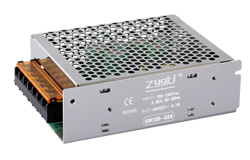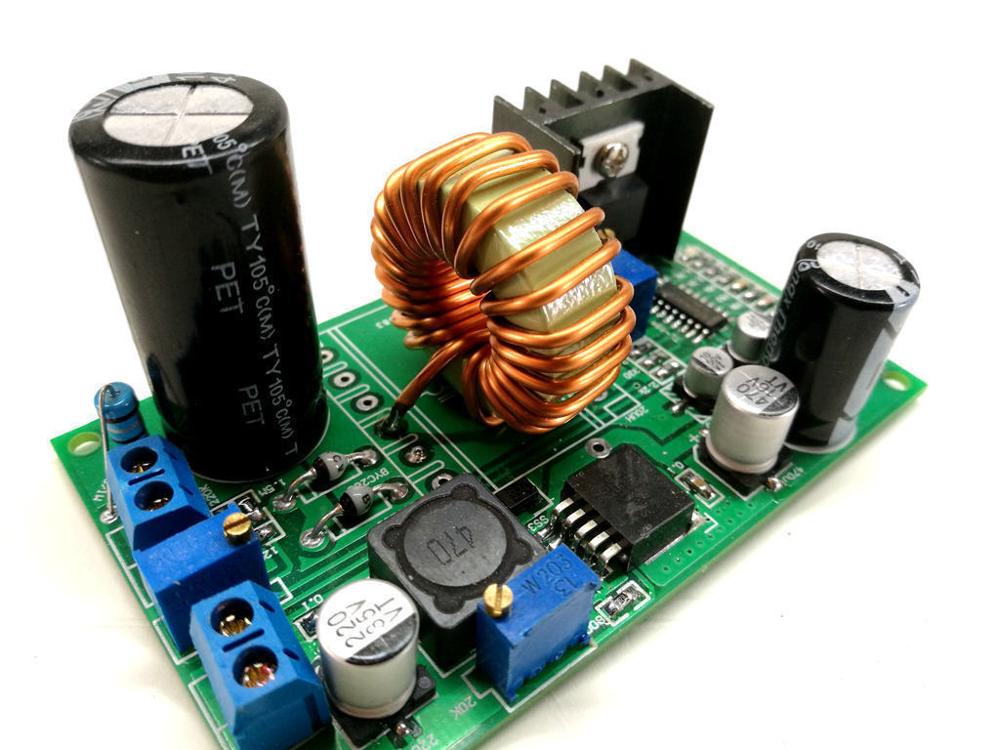nyheder
The Electric Power Series: Powering the Future with Electricity
Author: ZYG Power Module Time: 2023-8-8
Electricity has become an integral part of our daily lives. From lighting up our homes to powering our electronic devices, electricity has transformed the way we live and work. As we move towards a more sustainable future, the importance of harnessing electricity as a clean and renewable energy source has become increasingly evident. In this article, we will explore the various aspects of the electric power series and how it is revolutionizing the way we power the future.
To begin with, let’s understand what the electric power series entails. It refers to the generation, transmission, and distribution of electricity from its source to the end-users. The electric power series consists of power plants, power grids, and the infrastructure needed to ensure a constant and reliable supply of electricity. This series plays a vital role in meeting the increasing demand for electricity while minimizing the impact on the environment.
One of the key components of the electric power series is power generation. Traditionally, power plants have relied on fossil fuels such as coal and natural gas to generate electricity. However, these conventional methods come at a cost to the environment due to greenhouse gas emissions and air pollution. To combat these issues, the focus has shifted towards renewable energy sources like solar, wind, and hydroelectric power.
Solar power, derived from the sun’s energy, has seen significant advancements in recent years. Solar panels convert sunlight into electricity through the photovoltaic effect. This clean and sustainable source of energy is being integrated into power grids, making it accessible for both residential and commercial use. The widespread adoption of solar power has the potential to reduce our reliance on fossil fuels and decrease carbon emissions.
Similarly, wind power harnesses the kinetic energy of the wind and converts it into electricity using wind turbines. With vast areas available for wind farms, wind power has emerged as one of the most promising renewable energy sources. Countries like Denmark and Germany have already made significant strides in wind energy production, and other nations are following suit. As technology improves and costs decrease, wind power is becoming increasingly competitive with traditional energy sources.
Hydroelectric power, generated by the force of flowing water, is another vital component of the electric power series. Dams and reservoirs capture the energy from water sources, such as rivers and waterfalls, and convert it into electricity. This method has been used for decades and is a reliable and efficient way of generating power. Moreover, hydroelectric power is a renewable energy source that produces minimal greenhouse gas emissions. However, it is important to consider the potential impact on ecosystems and indigenous communities when constructing large-scale hydroelectric projects.
Once electricity is generated, it needs to be transmitted and distributed to the end-users. Power grids play a crucial role in this process, ensuring that electricity reaches homes, businesses, and industries. Over the years, advancements in technology have improved the efficiency and reliability of power grids. Smart grids, for example, use digital communication and automation to monitor and control the flow of electricity. This enables better integration of renewable energy sources and enhances the overall management of the electric power series.
In conclusion, the electric power series is shaping the future of energy. By embracing renewable energy sources such as solar, wind, and hydroelectric power, we are moving towards a more sustainable and environmentally-friendly energy system. The integration of these clean energy sources into power grids is revolutionizing the way we generate, transmit, and distribute electricity. As we continue to prioritize sustainability, the electric power series will play a vital role in powering the future and ensuring a greener planet for generations to come.
Tidligere: Unleashing the Potential: Exploring the World of Custom Type Power Series
Næste: Transforming 12V AC to DC for LED Lights: A Reliable Converter Solution
relevant information
-
2023-6-29
120V AC to 12V DC Converter: Power Conversion Made Easy
Introduction: In today's digital age, electronic devices have become an indispensable part of our lives. From smartphones to laptops, these devices rely on a stable power supply to function effectively. However, the power requirements for these devices can vary significantly. While some devices operate on 120V AC (alternating current) power supply, others require 12V DC (direct current) power for optimal performance. To bridge this gap and ensure seamless power conversion, the 120V AC to 12V DC converter has emerged as a reliable and efficient solution. In this article, we will explore the functionality, applications, and benefits of this converter. Functionality: The 120V AC to 12V DC converter is a power conversion device that converts alternating current (AC) into direct current...
Se detaljer -
2023-5-15
An AC-DC converter for cars is a device that converts the alternating current (AC) from a car's electrical system into direct current (DC) that is suitable for powering electronic devices. Most modern cars have an AC electrical system designed to power the car's battery and accessories, such as the headlights, radio, and air conditioning system. However, electronic devices, such as mobile phones, tablets, and laptops, typically require a DC power source. The AC-DC converter for cars works by taking the AC voltage from the car's electrical system and converting it into a DC voltage that is suitable for powering electronic devices. The converter typically consists of a rectifier, a filter, and a voltage regulator. The rectifier converts the AC voltage...
Se detaljer -
2023-6-8
24V AC to DC Converter: Efficient Power Conversion Solution
The 24V AC to DC converter is an efficient power conversion solution that is commonly used in various electronic devices and systems. This converter is designed to convert the alternating current (AC) voltage of 24 volts into a direct current (DC) voltage of 24 volts, which is suitable for powering various electronic devices. The use of a 24V AC to DC converter ensures that the power supply to electronic devices is stable and reliable, as it prevents fluctuations in voltage that could potentially damage the devices. This converter also helps to improve the efficiency of the power supply, which in turn helps to reduce energy consumption and lower costs. One of the main advantages of the 24V AC to DC...
Se detaljer -
2023-6-14
Power supply is an indispensable part in electronic devices. It provides the necessary power to run the device and is responsible for its proper functioning. In recent years, with the development of technology, the demand for power supplies has increased and manufacturers are constantly striving to provide more efficient and reliable power supplies. One such power supply that has gained popularity in the market is the DM Series DC DC Power Supply. The DM Series DC DC Power Supply is a high-performance power supply designed to meet the demands of today's electronic devices. It is widely used in various fields, such as telecommunications, medical equipment, military, aerospace, and industrial automation. The DM Series power supply is designed to provide stable...
Se detaljer -
2023-5-9
AC-DC Power Supply: Key Components and Applications
AC-DC power supplies are essential components in many electronic devices, ranging from small battery-powered gadgets to large industrial equipment. They convert AC power from mains or other sources into DC power that can be used to operate electronic circuits. In this article, we will discuss the key components of AC-DC power supplies and their applications. Key Components of AC-DC Power Supplies 1. Transformer: The transformer is the heart of an AC-DC power supply, as it converts the AC voltage from the mains or other sources to the required DC voltage level. A transformer consists of two or more coils of wire wrapped around a magnetic core, which allows the transfer of energy from one coil to another through magnetic induction....
Se detaljer -
2023-4-18
Distinguishing Between AC and DC Power Supplies
Distinguishing between AC and DC power supplies is important in understanding how electrical devices are powered. AC and DC are two different types of electrical current that have different characteristics and are used in different ways. This article will explain the differences between AC and DC power supplies and how they are used. AC power supplies AC stands for alternating current, which means that the flow of electricity alternates between positive and negative values. This type of current is generated by power plants and is distributed through power lines to homes and businesses. AC power supplies are used to power a wide range of electrical devices, including home appliances, computers, and industrial equipment. One of the benefits of AC power...
Se detaljer


















